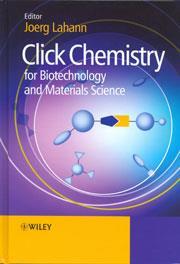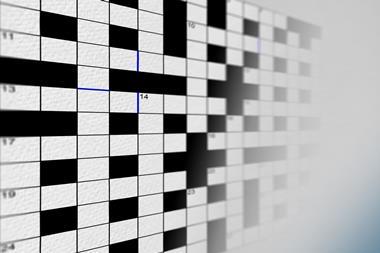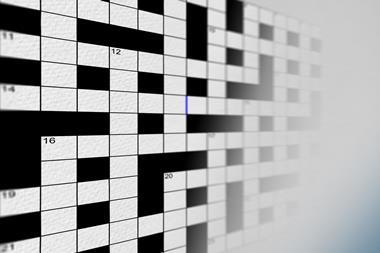Click chemistry for biotechnology and materials science
Click chemistry for biotechnology and materials science
Joerg Lahann (ed)
Chichester, UK: John Wiley 2009 | 432pp | ?100 (HB)
ISBN 9780470699706
Reviewed by Frances Heaney

This monograph , compiled by Joerg Lahann, with contributions from high profile academic researchers, is timely and attractive.
The adopted notion of click chemistry is of a synthetic philosophy that comprises different reaction mechanisms, but with a common trajectory of efficiency and simplicity. Due to its dominance in the primary literature, applications involving the copper catalysed azide-alkyne cycloaddition reaction are most commonly discussed in this book, but researchers with microelectronic or biomedical interests wishing to avoid copper will not be disappointed.
Entire chapters are dedicated to oxime chemistry and Diels-Alder reactions, and more disparate references are included including to the thiol-ene reaction.
Authors of individual chapters have interpreted their brief widely and, as well as discussions on synthetic approaches to the click partners, purification, characterisation and applications of the clicked products are included. For example, click functionalisation of protein or polymer substrates pre-or post-polymerisation are included. In addition to these, the array of click substrates includes, but is not limited to, nanoparticles, surfaces, supramolecular polymers, membranes and even living cells. Indeed it is apparent that the more complex the macromolecule, the greater the need for a simple means of chemo-, regio-and stereo-controlled click functionalisation.
The ubiquitous application of click chemistry in biotechnology, medical and material science guarantees this book a wide readership. It is pitched to be accessible to non-synthetic chemists, whilst at the same time providing much stimulation for the synthetic practioner.
The full potential of click chemistry to provide a varied toolkit for biotechnology and material science applications has yet to be reached, but this book should remain an essential reference source for many years.












No comments yet